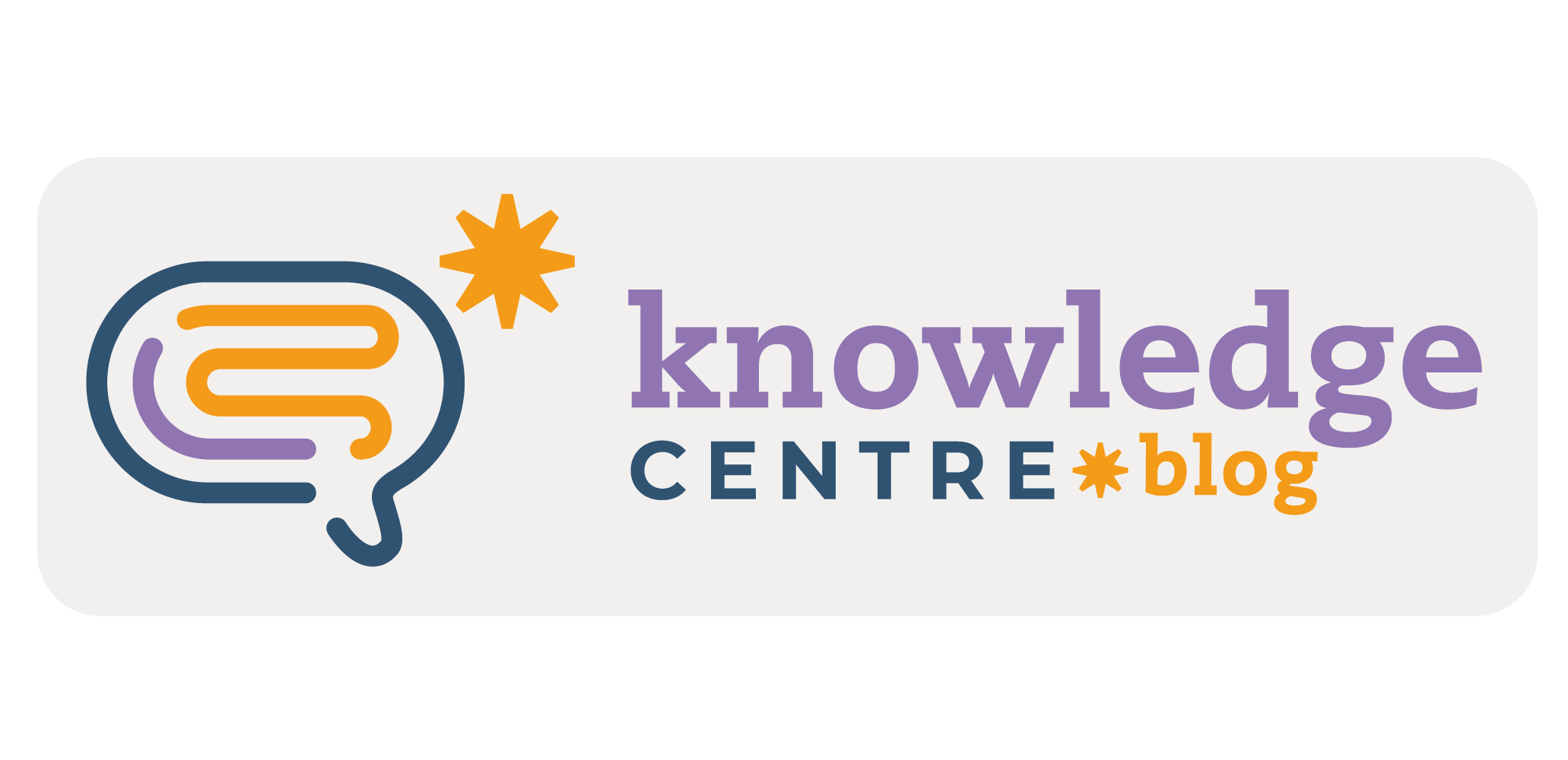Do you believe that construction workers feel safe while putting up a building? Do they have any support to do so? According to the Cambridge Dictionary, “scaffolding” /ˈskæf·əl·dɪŋ/ is “a temporary structure made of flat boards and metal poles used to work on a tall building.”
“But, what does all that have to do with teaching English?” – You might be asking yourself. To what I would answer: Everything!
When we are teaching and willing to have our learners communicate, the outcomes become more successful when we provide our students with enough support so that they feel safer to understand and produce language. According to Bruner (1978), scaffolding “refers to the steps taken to reduce the degrees of freedom in carrying out some task so that the child can concentrate on the difficult skill she is in the process of acquiring.”
You have probably faced situations when you ask your learners to “talk to themselves about something”, or even “use only English,” and the results were off. That is probably because it is mandatory that you make sure they are safe in order to do so as well as that they have fully understood what the task is.
When scaffolding input, i.e., facilitating learners understanding of the language, the use of visuals such as picture cards, illustration from a page of a book, realia, body language or visual organizers (word web, for instance) will certainly help learners get the message across.
As for promoting learners output, some of the strategies recommended are to use sentence starters (e.g., I have never…) or sentences frames (e.g., I’d rather ____ because ____), to demonstrate and/or to provide model prior to the task, to break tasks down, to count on learners previous knowledge and to circulate around the classroom asking learners questions.
Remember to consider that, even though you are teaching a group of learners, you must look at the learner in their individuality. The level of language to be used with and expected from each learner will certainly vary. This support is to be provided temporarily, so that learners can, for instance, understand a new concept or perform a given task in English. So, keep in mind that, once the learner is familiar with this given vocabulary or structure, proved by confident and fluent use of such, the support can – and should – move to higher levels.
With all that being considered, when trying to get learners to build language, remember: scaffolding is an effective strategy you can use in order to achieve more successful outcomes from learners.
Have you used these or any other scaffolding strategies in your lessons? How was the experience?
Reference
Bruner, J. (1978). The role of dialogue in language acquisition. In A. Sinclair, R. Jarvella & W. J. M. Levelt (Eds.), The child’s conception of language. New York: Springer-Verlag.









5 Comments
Andressa
Yes, I have. I always use scaffolding strategies . They are necessary; essential tools that facilitate the understanding of new vocabulary and situations. It’s always an amazing experience.
Dayse
I believe that scaffolding is essential to the learning process, since the students must start from somewhere to develop their potential. In the classroom, for writing activities for instance, we can give students sentence frames or templates to help them structure their writing. For example, “The main idea of the text is… because…” or model texts to provide examples of well-written texts for students to analyze and mimic in their own writing.
Fernanda Scheibel Bispo
When teaching English in a big and heterogeneous class we must keep in mind how important is using the scafolding with them. It makes easier and funnier to teach and learn English, without fears or shame.
In my classes is very common use these strategies, like drawings on the board, mimics (from me and from them), realia, audio and visual advices too.
Last week we learned about constellations with the 6th graders, and we used a video on internet as a model how to draw some constellations. They chose one they prefered and we make a big poster with some constellations in black papers with shinning stars. They enjoyed it so much and they always remember and talk about this work.
I think people should create, put their hands on work, give a meaning in those contents and these contentes are going to be in their mind for a long time.
Rosângela Ribeiro Damaceno Caplan
Scaffolding has been highly effective in my lessons, helping learners feel secure and confident as they build their language skills. I use visual aids like picture cards to make vocabulary relatable and sentence starters to guide speaking activities. Breaking tasks into smaller steps helps students build writing skills gradually, and pair work allows them to learn from each other while I provide feedback.
Scaffolding creates a supportive environment where students can practice and take risks. As they become more proficient, I gradually remove support, fostering independence and confidence. Overall, scaffolding promotes successful learning by providing tailored support.
Adriana Teixeira
Scaffolding breaks complex concepts into manageable steps, making it easier for students to understand new vocabulary, grammar, and language structures.